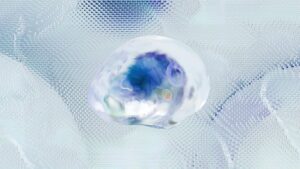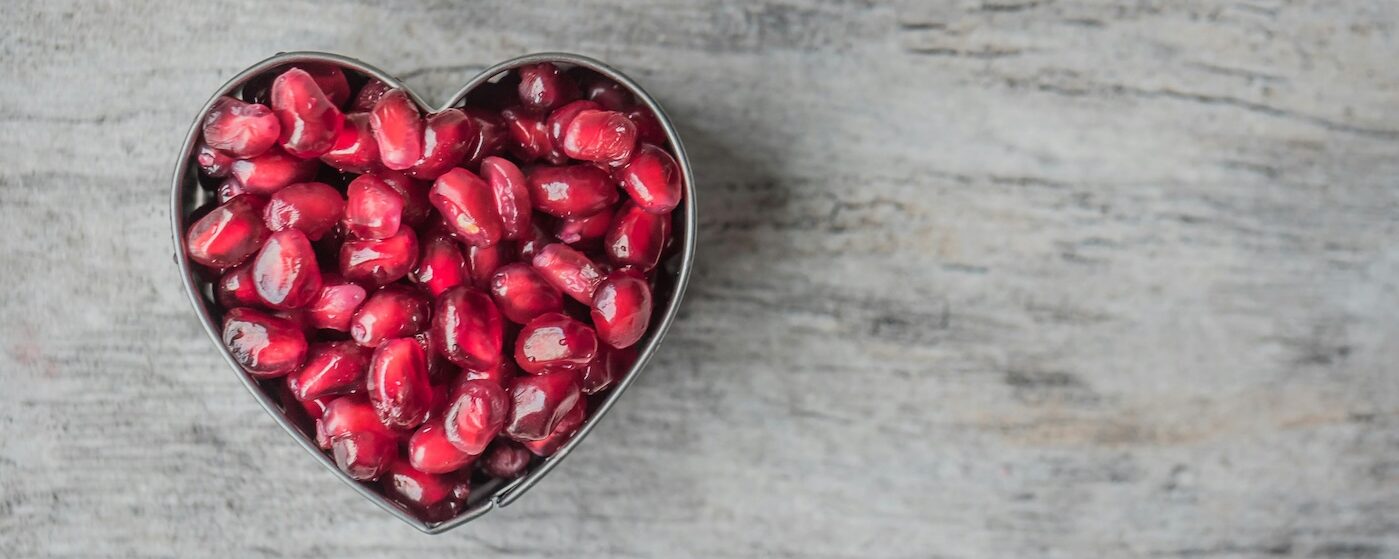
When someone mentions “dopamine,” most people think of it as the “happiness hormone” or something that gives us pleasure. That’s not entirely wrong, but the true story of dopamine is much richer and more complex. This tiny molecule – a neurotransmitter – plays an incredibly important role in our brain and body. It’s not just about joy; it’s also about desire, motivation, focus, movement, and even learning. So, let’s take a look at how we react to dopamine, what it triggers, and why it matters so much.
Not a Happiness Hormone – but a Desire Hormone
Dopamine is often confused with serotonin, which is more related to feeling content. Dopamine, however, is not about feeling good – it’s about wanting to feel good. It’s the engine behind our motivation. When you eat a piece of chocolate, your brain remembers that pleasant feeling, and next time you see chocolate, it releases dopamine – which makes you want it again. The same applies to social media, food, sex, exercise, or even work – if it’s something you truly enjoy.
So, dopamine doesn’t drive us toward pleasure itself, but toward the expectation of pleasure. That’s a huge difference. Scientists call this “motivational salience” – dopamine makes certain things stand out to us as interesting, attractive, or worth pursuing.
Dosed According to Effort
The brain is like a clever pharmacist: when we do something that moves us forward (like finishing a project, winning at sports, or overcoming a personal challenge), it rewards us with a dopamine boost. This system is incredibly effective – it constantly pushes us to seek new goals, challenges, and solutions.
But, as with everything, too much of a good thing can turn bad. If we start craving dopamine rewards without putting in effort – like through fast food, mobile games, or endless scrolling – our brain gets used to it. Over time, we may develop what’s called “dopamine resistance,” meaning we need more and more stimulation to feel the same excitement. That’s how addictions form.
Dopamine in Everyday Life
Our days are basically a patchwork of dopamine cycles. Waking up excited for coffee? That’s dopamine. Working on a task and being curious about the result? Dopamine again. Planning a trip, daydreaming about something new, or feeling satisfied after a job well done – all of it has dopamine written all over it.
Even love – especially in the early stages – is strongly linked to dopamine activity. That beginning-of-a-relationship rush is like a chemical storm, with dopamine working overtime. It makes us see our partner in the best light, crave their presence, and feel energized and alive.
Why Dopamine Is So Important
Without dopamine, we’d be like a car without an engine. We might have the ability to think, perceive, and move – but we’d lack the drive to do anything. People with Parkinson’s disease have impaired dopamine systems, and one of the symptoms is a lack of motivation or enjoyment. Similarly, in depression, low dopamine is often part of the problem – the world feels dull, nothing brings joy, and everything seems like a chore.
So dopamine is a key player in our ability to grow, learn, love, and push through challenges. But it’s also a delicate system. Too much stimulation – especially artificial – can overload it, leading to burnout or addiction.
How to Work with Dopamine Wisely
The secret is balance. Just like with food or exercise, dopamine works best when used in moderation. If we take a break from quick dopamine hits – like social media – and focus more on slow, meaningful sources of joy (exercise, nature, deep conversations, creative work), our brain slowly recalibrates. And it starts responding more sensitively to things that truly matter.
In the End? Learn to Dance with Dopamine
Dopamine is neither good nor bad. It’s a tool – one we can use to move forward, grow, and discover the world. But only if we don’t overload it. In today’s world of instant gratification, the real challenge is to not get swept away by easy pleasures. Let’s learn to find joy in waiting, in building, in the process itself. That’s when dopamine reveals its most beautiful side – the one that drives us toward things with real meaning.
